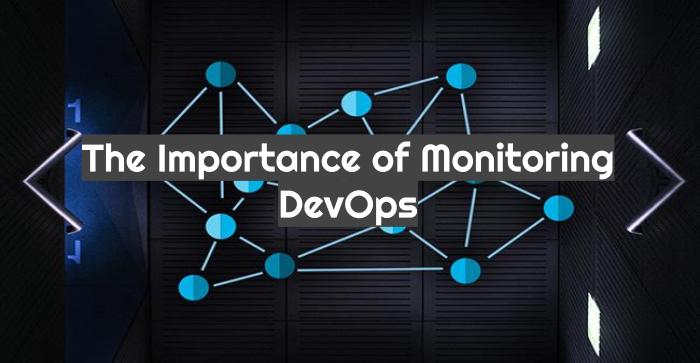
DevOps introduced more automation to the software development process and lifecycle, allowing new applications to be on the market at a quicker pace. But with progress comes changes and new requirements for developing, testing, and deploying applications, thus requiring transformation for modern monitoring systems.
What is Monitoring?
Monitoring provides feedback from production and delivers information about an application’s performance and usage patterns. When performance or other issues arise, relevant data about the issues are sent back to development teams through automated monitoring.
With new changes and transformations happening regularly, organizations need a more comprehensive and real-time view of the product environment. Application and service monitoring becomes critical with components such as real-time streaming, historical replay, and great visualizations.
Monitoring in DevOps
With DevOps speeding up the application lifecycle, developers have to adapt themselves by creating more comprehensive automated tests for their codes, making QA as automated as possible. QA is dependent on continuous integration (CI) – the practice of automating the integration of code changes from multiple contributors into a single software project – and monitoring systems are becoming more dependent on every part of the DevOps toolchain.
With continuous deployment, all the automation in the DevOps toolchain moves code into production as soon as it passes all its tests. But organization can’t just trust a black box that automatically deploys code, hoping that it works. That is where monitoring systems come into play!
Properly implemented monitoring systems provide relevant insight, helping businesses to have a clear view of every piece of the application stack, thanks to API-driven code written by developers. Moreover, many monitoring systems benefit from code hooks into the application logic itself.
Monitoring services have also widened their focus from production environments to the entire application stack, including the compiling stage, the state of unit tests, integration tests, and how well the code performs under load. For instance, Google’s deployment monitoring services watch its project management software and flag individual files that have more bug reports than others, targeting the files to look out for in the future.
Monitoring in DevOps is proactive, meaning it finds ways to enhance the quality of applications before bugs appear. The monitoring also helps improve the DevOps toolchain by showing the areas which might need more automation.
Having monitoring systems embedded into the DevOps lifecycle allows organizations to better track business key performance indicators and monitor business metrics in production, as well as automate the transmission of embedded monitoring results between monitoring and deployment tools to improve application deployments. Monitoring systems can also use identified business requirements to develop a pipeline for delivering new functionality and continuous learning and feedback across stakeholders and product managers.
Therefore, this continuous feedback loop doesn’t only decrease time spent manually checking for bugs, but also speeds up communication between database development and operational teams. Most importantly, this takes place in non-production environments, which means fewer bad customer experiences when accessing production data.
Monitoring is thus prompting DevOps teams to introduce third-party tools, offering more advanced features like the ability to integrate with the most popular deployment, alerting, and ticketing tools.
With complex applications, which are updated and deployed multiple times a day, sophisticated monitoring becomes vital. Hence, monitoring needs to evolve and take into account all new data.
Requirements of Monitoring Systems
Modern DevOps architectures for complex apps have lots of data to track, hence, the monitoring system must be API-aware and get data directly from the apps themselves. Therefore, the stakes for modern monitoring systems should be looking for are real-time streaming data, historical replay, and great visualization tools.
The visualization tools allow organizations to understand the state of the applications and thus, pinpoint problems in an agile DevOps environment. Another important part of a monitoring system is the quantity and quality of the modular integrations. The monitoring systems should be able to have many programming and scripting languages such as Python, Ruby, PHP and GO.
The monitoring system should also support Docker, as it is one of the fastest-growing DevOps tools, as well as support traditional and modern tools and frameworks so it can be used at any time and circumstances.
Conclusion
Software Development is only going to be more diverse and open to changes. Monitor systems thus need to embrace this future and build tools that can scale with the speed of agile DevOps deployments.
With the increase in compressed application lifecycles, proper monitoring is critical in DevOps. It is essential to understand all of the moving pieces and how they fit together to have the best monitoring solution.
Disclaimer- This article was originally published on www.devopsonline.co.uk
BDCC
Latest posts by BDCC (see all)
- Four Steps to Balance Agility and Security in DevSecOps - April 22, 2025
- Enhancing Security Posture with Azure’s AI-Driven Threat Detection - April 15, 2025
- Why Golang is Becoming the Go-To Language for DevOps Engineers - April 11, 2025

